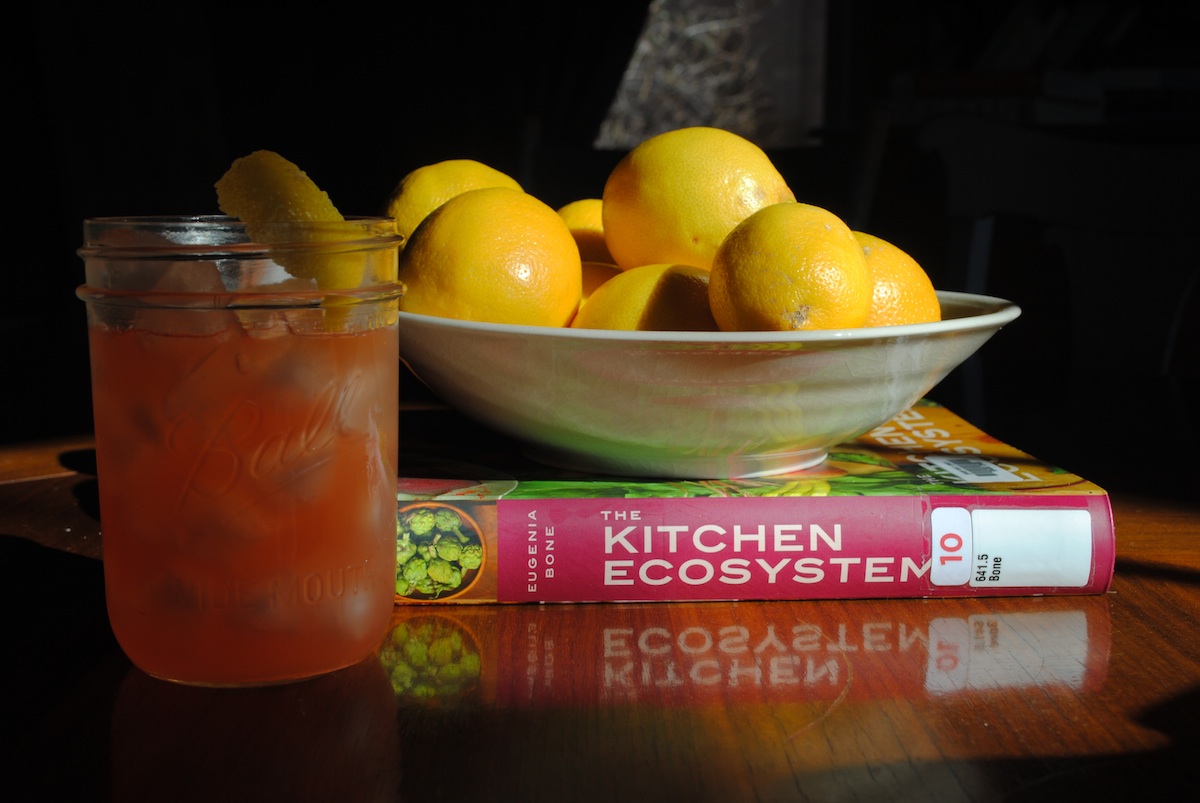The Local newsletter is your free, daily guide to life in Colorado. For locals, by locals.
Last month, as I read a number of end-of-the-year articles about the most noteworthy cookbooks of 2014, I jotted down any that had not yet come across my desk. Among them: The Kitchen Ecosystem, written by Eugenia Bone. The title, as well as the author’s Colorado connection (Bone splits her time between the Western Slope and New York City) caught my attention. I recently checked the book out from the library and am ready to buy it.
Bone is also the author of At Mesa’s Edge, Italian Family Dining, Mycophilia, and Well-Preserved, but this most recent cookbook is dedicated to using scraps, canning jars, and common sense to get the most out of ingredients while they are in season. I’ve long been a fan of nose-to-tail, root-to-stalk, and preservation titles. This extension of Bone’s blog by the same name combines all three of those elements. The Kitchen Ecosystem includes both proteins and produce and gives readers recipes for eating things fresh, putting some by, and using the scraps. “The trick is to approach cooking as a continuum, where each meal draws elements from a previous one, providing the building blocks for another,” she writes. “That synergy is a kitchen ecosystem.”

As I was thumbing through the cookbook I was reminded that we expect our wineries to be biodynamic and our restaurants to maintain a thoughtful carbon footprint. Why should our home kitchens be any different? Life gets in the way, of course. When I’m racing to get my kids out the door for preschool I consider it a huge success when they have a homemade breakfast. Never mind that I chucked the tougher ends of the asparagus spears I used for their omelets into the compost bin instead of making stock. One of the things I love most about The Kitchen Ecosystem is that Bone takes methods and techniques we all know we should be using, and breaks them down into manageable chapters sorted by ingredient—apricots, beef, corn, and so forth.
Over the last week, I’ve been cooking from Bone’s chapter on lemons. For Sunday supper I made braised lamb with lemons. The sweet, multi-citrus lemonade (pictured) balanced the complex and tart one-pot-meal. For dessert I baked the lemon–poppy seed cake. As I cooked dinner, I applied Bone’s tips and recipes for using leftover zest to make lemon extract and limoncello, both of which are now happily aging in a cool, dark corner of my kitchen. In these fleeting weeks of citrus season I will absolutely make Bone’s Meyer lemon marmalade, so that I can follow her suggestion of topping chicken cutlets with it this summer when Meyer lemons are long gone.
After this week I will never again juice citrus without first peeling it so I can start a jar of flavorful extract. Give me a bit of time to make this a habit—even on weekday mornings—and I’ll be ready for another one of her chapters.
Follow Stacey Brugeman on Facebook, Instagram, and Twitter @StaceyBrugeman.








